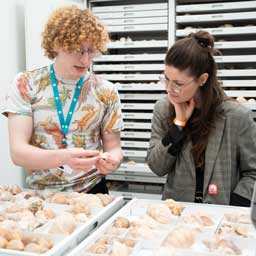Recommended Reading
The Burke's Education team recommends the Racial Justice Guide to Thanksgiving for Educators and Families compiled by the Center for Racial Justice for Education, based out of New York City. Formerly known as Borders Crossers, they focused on working directly with students to develop understandings that would dismantle racism.
In 2010, they changed their name to Center for Racial Justice in Education and shifted their focus into training educators and providing resources and information for the classroom, community, and in the home. This is intended to help confront the impact of racism in students’ daily lives and provides training for educators.

Inside the Guide
This is an extensive resource guide that includes interviews, articles, lists, and book lists for talking points about social justice and systemic racism.
The guide features:
- Teaching approaches
- Lesson plans / study guides
- Native American perspectives, contributions and celebrations
- Historical Resources
- Resource for families
- Book lists
We encourage you to click through and look at different points of view. It touches on imagery that contributes to false narratives, activities for in-class learning, Native perspectives, and videos.
Whether you are teaching in a classroom, having a conversation with your children and family, or want to further your own personal knowledge, this guide can help navigate these sensitive topics. The intention is not guilt about the celebration of Thanksgiving, but to help navigate perspectives and historical truths. Our hope is to provide a culturally-responsive way to approach the holiday while considering Native perspectives.
Additional Resources: View more Native American Heritage Month teaching resources and tips for teaching about Native peoples from the Burke Education team.
Mary Jane Topash (Tulalip) is the Assistant Director of Cultural Education Initiatives at the Burke Museum.

